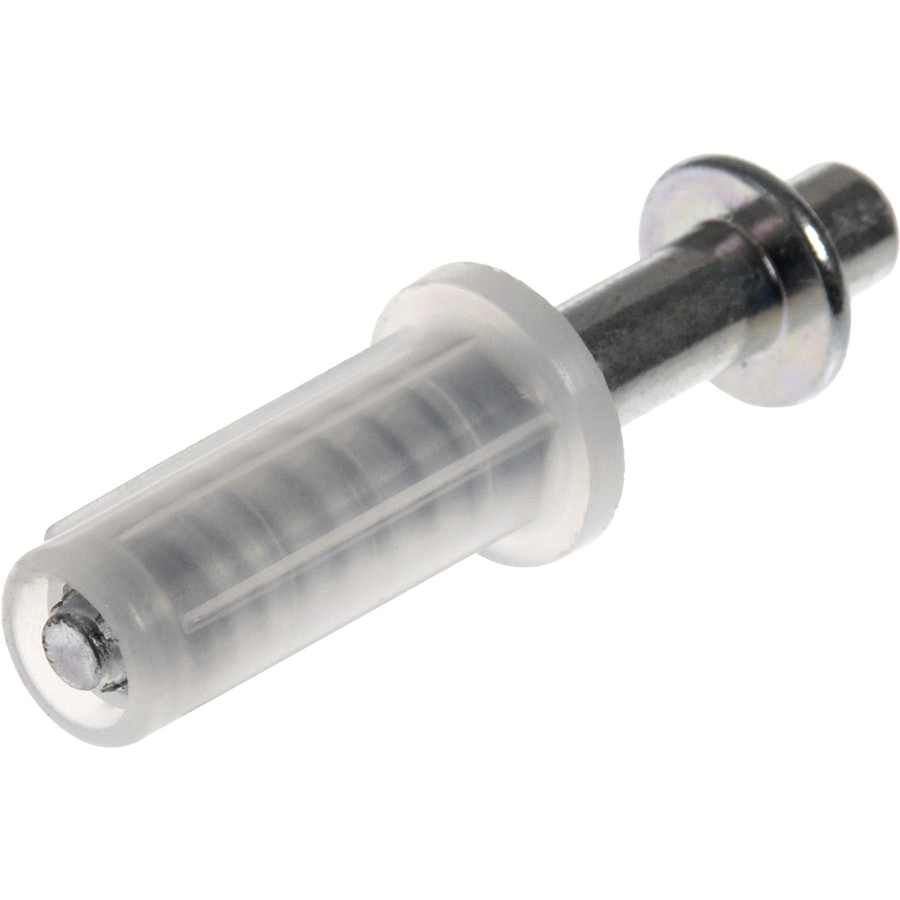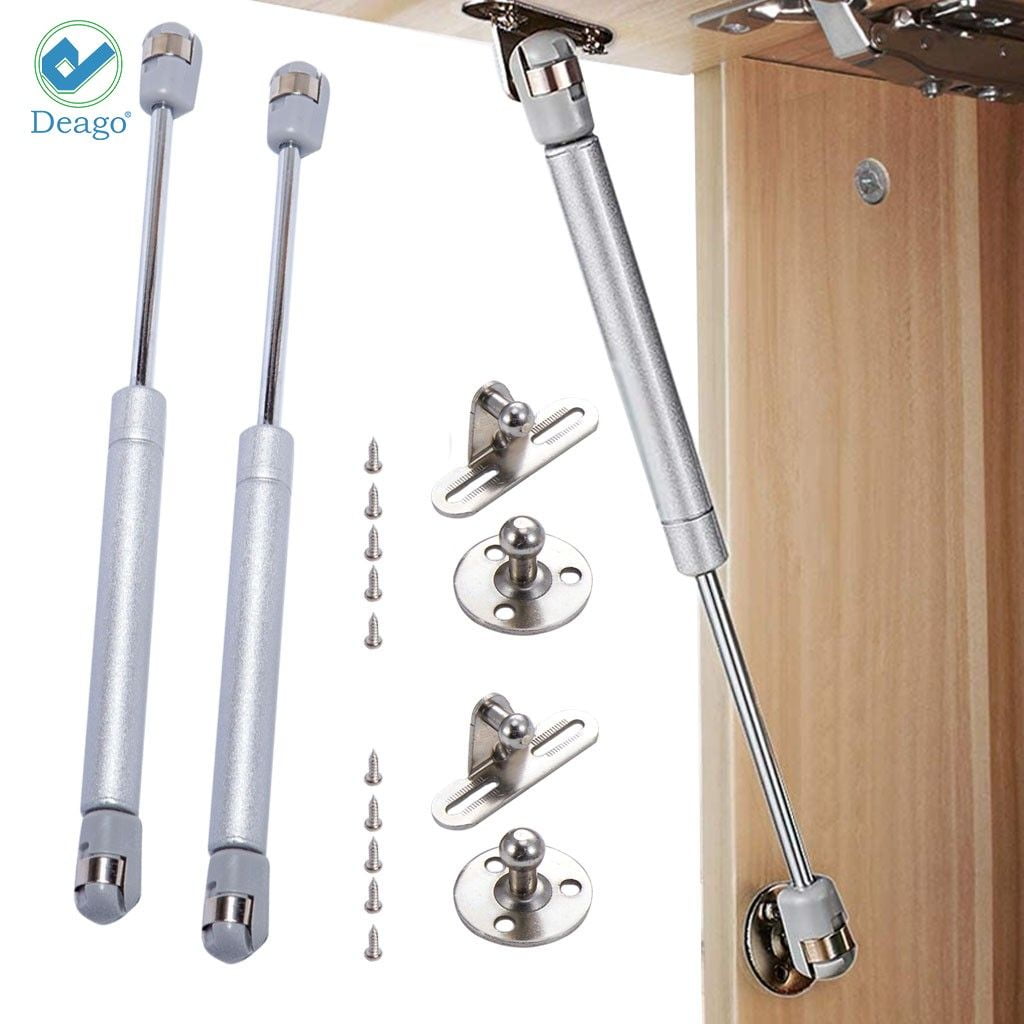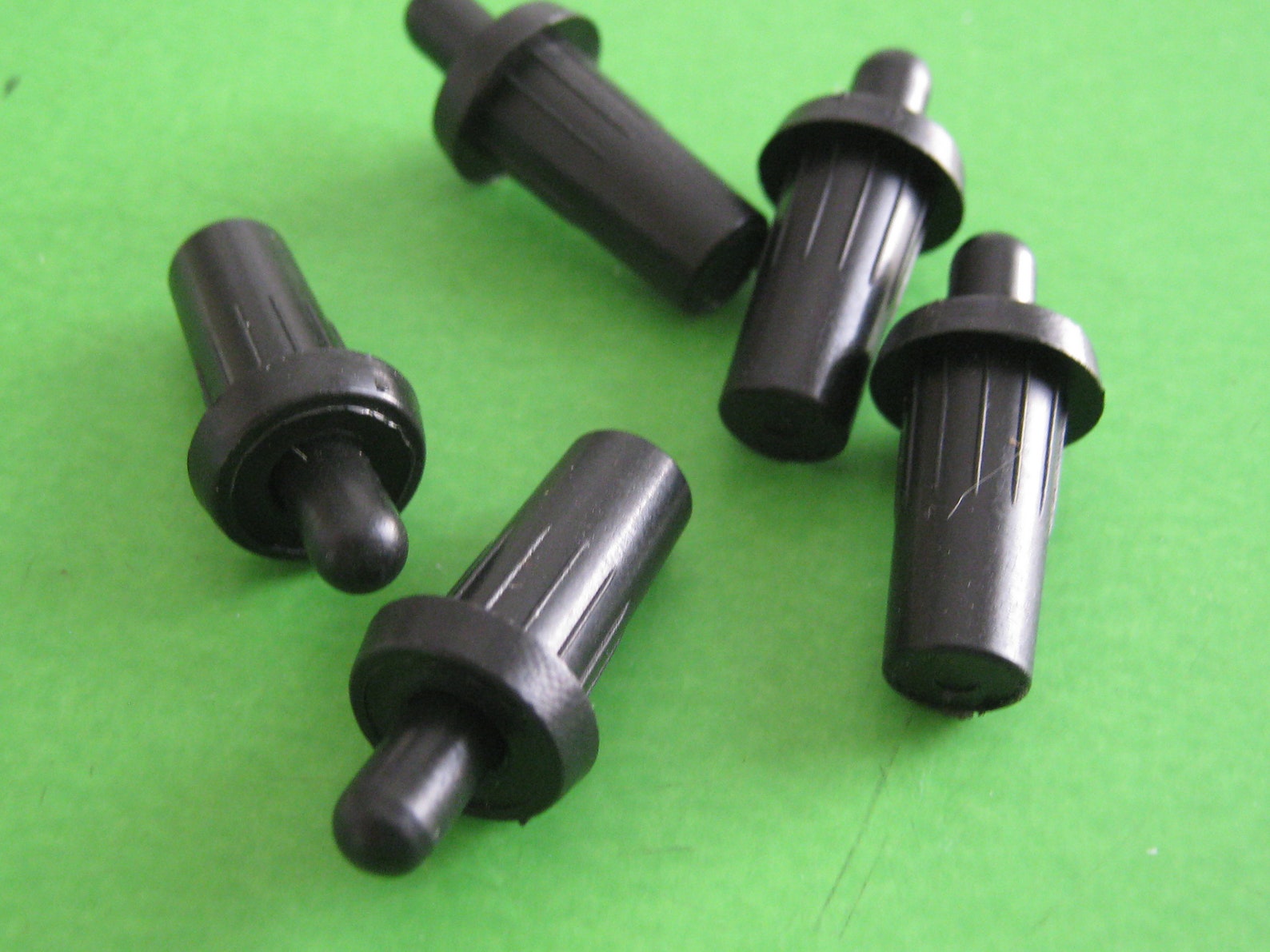Cabinet Door Spring Pin Functionality

The cabinet door spring pin, often referred to as a “spring hinge” or “self-closing hinge,” plays a crucial role in ensuring smooth and effortless closing of cabinet doors. It’s a simple yet essential component that utilizes a spring mechanism to assist the door in closing, preventing it from swinging open or remaining in an awkward position.
The spring pin is a versatile component used in a wide range of cabinets, from kitchen cabinets to bathroom vanities, and even in furniture pieces like armoires. It’s designed to be easily installed and can be adjusted to suit the weight and size of the cabinet door.
Types of Cabinet Door Spring Pins
Cabinet door spring pins are available in various types, each designed for specific applications and door weights. The most common types include:
- Standard Spring Pins: These are the most basic type of spring pin, typically used for lighter doors. They offer a moderate spring force and are suitable for cabinets with a single door.
- Heavy-Duty Spring Pins: Designed for heavier doors and cabinets, these pins provide a stronger spring force, ensuring a smooth and controlled closing motion even with larger doors.
- Soft-Close Spring Pins: These innovative pins incorporate a dampening mechanism that slows down the door’s closing motion, preventing slamming and ensuring a quiet and gentle closure. They are particularly popular for cabinets in kitchens and bathrooms where noise reduction is essential.
- Adjustable Spring Pins: These pins allow for precise adjustment of the spring force, enabling you to fine-tune the closing speed to suit your preference and the weight of the door.
Installing a Cabinet Door Spring Pin
Installing a cabinet door spring pin is a relatively straightforward process that can be completed with basic tools. Here’s a step-by-step guide:
- Prepare the Door and Cabinet: Ensure the door is removed from the cabinet. Clean the mounting surfaces on both the door and the cabinet frame to remove any dirt or debris that could interfere with the installation.
- Position the Spring Pin: Align the spring pin with the door hinges, ensuring it’s positioned correctly and that the spring mechanism is facing the desired direction. If you’re replacing an existing spring pin, ensure the new pin has the same mounting points.
- Secure the Spring Pin: Use the provided screws or appropriate fasteners to securely attach the spring pin to the door hinge. Ensure the screws are fully tightened to prevent the pin from loosening over time.
- Test the Spring Pin: Once installed, test the spring pin by opening and closing the door. Adjust the spring tension if necessary to achieve the desired closing speed and force.
Troubleshooting Common Issues
While cabinet door spring pins are generally reliable, issues can arise over time. Here are some common problems and their troubleshooting methods:
- Door Slamming: This can occur if the spring tension is too strong or if the door is not properly balanced. To fix this, adjust the spring tension or ensure the door hinges are properly aligned.
- Door Not Closing: A weak spring tension or a damaged spring mechanism could be the culprit. Check the spring tension and replace the spring pin if necessary.
- Door Sticking: This could be caused by a misaligned door or a damaged spring pin. Inspect the door alignment and replace the spring pin if it’s damaged.
Cabinet Door Spring Pin Materials and Design

The cabinet door spring pin is a small but essential component that plays a crucial role in the smooth and reliable operation of cabinet doors. It is responsible for providing the necessary tension to keep the door closed and prevent it from swinging open unexpectedly. The choice of materials and design for the spring pin significantly impacts its performance, durability, and longevity.
Materials Used for Cabinet Door Spring Pins
The selection of materials for cabinet door spring pins is crucial for ensuring their functionality and longevity. Different materials offer varying levels of strength, corrosion resistance, and cost-effectiveness.
- Steel: Steel is a common material used for spring pins due to its high strength and durability. It is relatively inexpensive and readily available. However, steel can be susceptible to corrosion, especially in humid environments. To address this, steel spring pins are often coated with a protective layer, such as zinc or nickel.
- Stainless Steel: Stainless steel is a more corrosion-resistant alternative to regular steel. It is often used in applications where moisture or harsh chemicals are present. Stainless steel spring pins are more expensive than steel pins but offer superior longevity.
- Brass: Brass is another common material used for spring pins. It offers good strength and corrosion resistance, particularly in marine environments. Brass is also known for its decorative qualities, making it suitable for use in high-end cabinetry.
- Plastic: Plastic spring pins are typically used in less demanding applications where strength and durability are not critical factors. They are lightweight, inexpensive, and often available in a variety of colors. However, plastic spring pins are generally less durable than metal pins and may be susceptible to wear and tear over time.
Impact of Spring Pin Design on Performance and Durability
The design of the spring pin plays a significant role in its performance and durability. Different designs can impact the spring force, friction, and overall lifespan of the pin.
- Spring Force: The spring force generated by the pin is directly related to its design. A stronger spring force will keep the door closed more securely, but it may also make it more difficult to open. Conversely, a weaker spring force will require less effort to open the door but may not be sufficient to keep it closed properly.
- Friction: The friction between the spring pin and its surrounding components can affect the smoothness of the door’s operation. A well-designed spring pin will minimize friction, resulting in a smoother and quieter door opening and closing experience. Conversely, a poorly designed pin may create excessive friction, leading to a stiff or noisy door.
- Durability: The durability of a spring pin is determined by its design and the materials used. A well-designed pin will be able to withstand repeated use and resist wear and tear. Factors such as the thickness of the pin, the quality of the spring material, and the precision of the manufacturing process all contribute to the pin’s durability.
Comparison of Different Spring Pin Designs
| Feature | Coil Spring Pin | Torsion Spring Pin |
|—|—|—|
| Mechanism | A coiled spring provides tension to keep the door closed. | A torsion spring is twisted to provide tension. |
| Spring Force | Generally adjustable. | Fixed spring force. |
| Durability | High durability. | Moderate durability. |
| Cost | Relatively inexpensive. | More expensive. |
| Applications | Widely used in various cabinet types. | Typically used in high-end cabinets. |
Design of a New Cabinet Door Spring Pin with Enhanced Features and Benefits
A new cabinet door spring pin can be designed with enhanced features and benefits by incorporating innovative design elements and materials.
Enhanced Features:
– Self-lubricating material: This can reduce friction and improve the smoothness of the door’s operation.
– Adjustable spring force: This allows for fine-tuning the spring force to meet specific requirements.
– Integrated wear indicator: This provides a visual indication when the pin needs to be replaced.
– Corrosion-resistant coating: This protects the pin from rust and extends its lifespan.
Benefits:
– Improved door operation: Smoother, quieter, and more reliable door opening and closing.
– Increased durability: Longer lifespan and reduced wear and tear.
– Reduced maintenance: Minimized need for lubrication and replacement.
– Enhanced aesthetics: A more refined and modern look.
Cabinet Door Spring Pin Installation and Maintenance

Installing and maintaining cabinet door spring pins is crucial for ensuring smooth and reliable door operation. A properly installed spring pin will prevent the door from slamming shut and ensure it opens and closes effortlessly.
Selecting the Right Cabinet Door Spring Pin
The right cabinet door spring pin depends on the weight and size of the door, the type of hinges used, and the desired level of resistance.
- Door Weight and Size: Heavier doors require stronger spring pins with a higher spring rate. Similarly, larger doors may require longer spring pins to accommodate the increased distance between the hinge and the door.
- Hinge Type: Different hinge types may require different spring pin lengths and diameters. For example, European-style hinges typically use shorter and thinner spring pins compared to traditional hinges.
- Desired Resistance: The spring rate of the pin determines the amount of resistance the door encounters when opening and closing. Higher spring rates provide more resistance, which can be desirable for heavier doors or doors in high-traffic areas.
Installing a Cabinet Door Spring Pin
Installing a cabinet door spring pin is a relatively simple process that requires basic tools and some care.
- Tools Needed: A small screwdriver, a pair of pliers, and a hammer are the primary tools required for installation.
- Installation Steps:
- Remove the existing spring pin by gently tapping it out of the hinge using a small screwdriver and hammer.
- Insert the new spring pin into the hinge hole. Make sure the pin is fully seated and flush with the hinge surface.
- Use a pair of pliers to hold the pin in place while tapping the end of the pin with a hammer to secure it.
- Test the door to ensure it opens and closes smoothly.
Inspecting and Maintaining Cabinet Door Spring Pins
Regular inspection and maintenance are essential for extending the lifespan of cabinet door spring pins and preventing premature failure.
- Inspection Checklist:
- Check for signs of wear and tear, such as scratches, dents, or rust.
- Inspect the spring pin for any signs of bending or deformation.
- Ensure the pin is securely seated in the hinge and is not loose or wobbly.
- Test the door for smooth operation and ensure there is no excessive resistance when opening and closing.
- Maintenance Tips:
- Lubricate the spring pin regularly with a light oil or silicone spray to prevent rust and friction.
- Replace worn or damaged spring pins immediately to avoid further damage to the hinges or door.
- Avoid using excessive force when opening or closing cabinet doors, as this can put stress on the spring pins and lead to premature failure.
Lubricating Cabinet Door Spring Pins
Lubrication is essential for smooth and quiet operation of cabinet doors and extends the lifespan of the spring pins.
- Recommended Lubricants: Light oils, such as sewing machine oil or WD-40, are suitable for lubricating cabinet door spring pins. Silicone spray is another option that provides excellent lubrication and protection against moisture.
- Lubrication Procedure: Apply a few drops of lubricant to the spring pin and work it into the hinge using a small screwdriver or a cloth. Ensure that the lubricant is evenly distributed and does not clog the hinge mechanism.
A cabinet door spring pin is a small but mighty component, ensuring your kitchen cabinets open and close smoothly. For a truly timeless and elegant look, consider incorporating wood slab kitchen cabinets into your design. These cabinets exude a classic charm that complements any style, and with a well-placed spring pin, you’ll enjoy years of effortless functionality.
A well-placed cabinet door spring pin can make all the difference in creating a smooth and satisfying closing action. But before you get too caught up in the mechanics of your cabinets, consider the bigger picture. Should you paint kitchen walls or cabinets first ?
The answer might influence your cabinet door spring pin selection. After all, a pristine paint job is best achieved when the cabinets are in place, and a well-chosen spring pin will ensure they stay that way.
